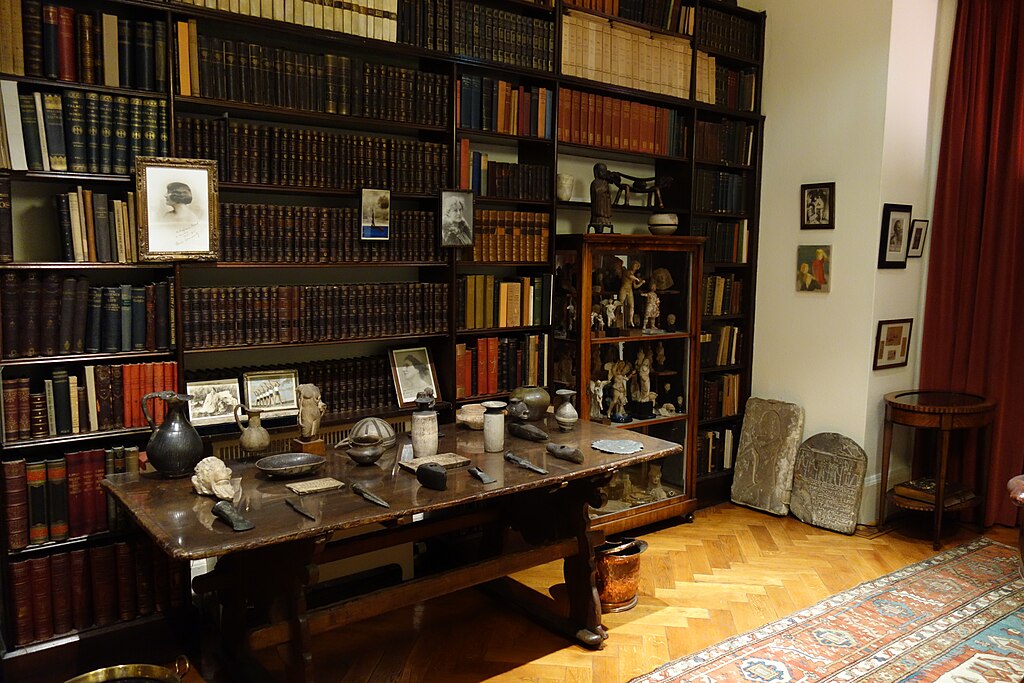Leisure • Literature
Kakuzo Okakura — The Book of Tea
The Japanese tea ceremony sounds wonderful, but utterly removed from normal daily life. It is exotic, perfect and noble —while we are condemned to scamper about from one lowly and dreary task to another.

This is the opposite of the therapeutic lesson Kakuzo Okakura is longing to impart. As he sees it, anything can be ‘tea’.
Okakura was born in Yokohama in 1862, less than a decade after the Japanese elite elected to reconnect with the west after centuries of seclusion. He was an accomplished student at the newly established Tokyo University and was quickly appointed a curator at the, also recently founded, Imperial Museum of the Arts.

In 1904, when he was in his early forties Kakuzo Okakura moved to the US to take up a post at the Boston Museum of Fine Art. He loved socialising but was saddened by how his otherwise cultivated friends misunderstood Japanese art and philosophy — which he saw as intimately linked — and he quickly wrote (in English) and published (in 1906) this extremely charming little book to explain what he saw as a central concern of Japanese culture.

The ‘secret’ and ‘fascination’ (as he often heard it called) of the tea ceremony turns out to have little or nothing to do with tea itself: it’s not a way of revering a special beverage. It’s almost irrelevant that the ‘ceremony’ involves a hot drink. What matters are the rituals that happened to grow up around this. Any simple thing can become the focus for endless meaning. One waits patiently as the water boils, notices the wisps of steam, and appreciates the implements (which should be very simple) and the sounds. The ‘ceremony’ is calm and ordered, people are served according to a special order. The room is small, almost humble but tranquil and spotlessly clean. It’s the attitude that he wants to convey: the sensitivity to detail, the liking for solid, well-made, things, the avoidance of complexity or haste, the devotion to the moment.
The same attitude can be cultivated in other areas: flowers are arranged in the same spirit, noticing each stem, caring about the spaces between them, taking time to appreciate them, concentrating solely on their silent loveliness. But, again, this is not because flowers are ‘special’. What’s special is the way something is done: thoughtfully, beautifully, simply and with a sense of eternity — one is concentrated on now, rather than preoccupied with what may or may not happen in the future.
More or less anything can be done in this spirit. One could have a tea approach to driving or to cooking. Or indeed to brushing one’s teeth, pushing exactly the ideal amount of paste out the tuble, learning to appreciate — perhaps — a slightly granular texture or silky consistency, holding the brush neither too stiffly nor too loosely, conscious of the intricate sensations, aware that this moment is now and that now is part of forever. It’s not an activity in itself that is banal or spiritual, this is Okakura’s enduring lesson of his Book of Tea: it’s only our approach, our way of doing it, that makes it so. We should learn to refind the magic in the ordinary.


















